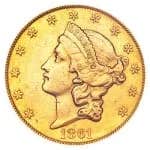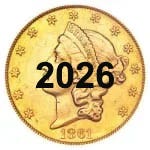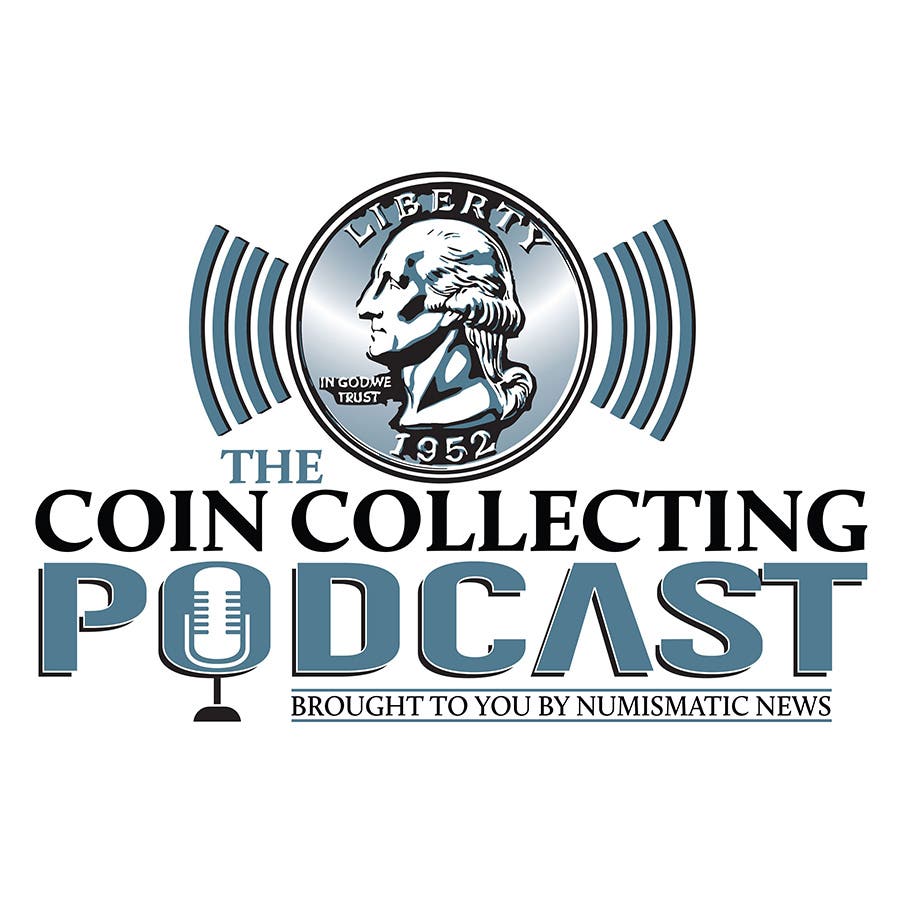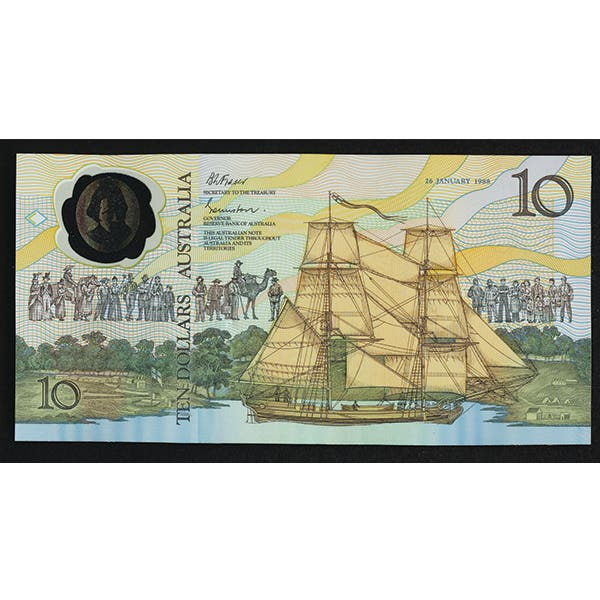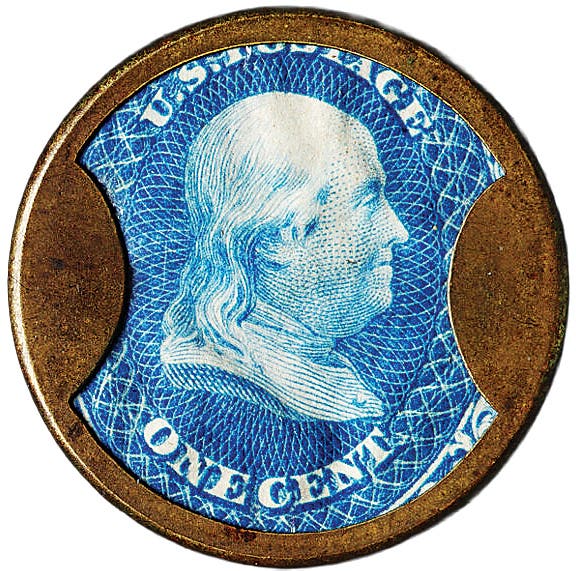Poll Question: When buying coins, do you trust the grade on the label, or do you rely more on your own evaluation?
From the October 31, 2025, Numismatic News e-Newsletter: Readers generally express skepticism toward third-party grading and a strong preference for personal judgment and experience over the label on the slab.
When I buy, I inspect the coin. A lot of borderline grades that went the wrong way. When selling, it’s easier when in a popular slab.
Reynolds Horton, Address withheld
If the rating is from one of the well-known numismatic graders, then I generally accept it. I still look carefully at the coin and the slab/container to eliminate the chances of forgery.
KE, Germantown, Ohio
I always rely on my own evaluation. Some time ago, I had an 1896-S Barber quarter graded, and it came back AG4. I resubmitted it to the same grading service, and they sent it back AG4 again. So finally, I broke it out of the holder and sent it to a more reliable grading service, and it came back a G4! The first grading service charged me $30 each time I submitted it to them. Needless to say, I have never considered using the first grading service again.
Dave Burdis, Charleroi, Pa
Generally, I trust that a certified coin in a third-party holder is genuine when certified by PCGS, ICG, ANACS, or NGC. Coins in other holders should receive closer scrutiny.
Due to inconsistent grading by all certification services, I grade each coin myself to see whether I agree with the holder. Because I have experience grading, I am confident in my own ability to make an accurate determination. Collectors who do not know how to grade may buy certified coins that could be considered overgraded by future potential buyers when the time comes to sell.
When coins are graded using a qualifier, like "AU Details", the grade on the holder is meaningless because the coin is somehow damaged. Smart collectors avoid buying damaged coins, as assigning a value can be very difficult.
Because grading is subjective, no guarantee exists that everyone will agree with the grade assigned to every certified coin. Therefore, the smart collector will stick to acquiring problem-free coins with the best eye appeal.
Bruce R Frohman, Modesto, Calif.
I trust the label on graded coins by the "big 3" services...Anything else, I would be the judge.
I've been collecting coins since 1956 and have a good idea as to the condition of coins in front of me.
Dennis Post, Address withheld
After 60 years of coin collecting, I often have doubts about professional grading. They seem to "overgrade" somewhat.
Mr Nigel Reid, United Kingdom
I pretty much trust myself. But after sending four raw coins in and not getting a single matching opinion (all got either lesser grades or came back cleaned), I will never send another raw coin in for grading. And I took them to a show for opinions before I sent them. None were red-flagged.
David Nederostek, Meadowbrook, Pa.
Since I learned to grade in the 1970s and 80s before TPG services, I have always relied more on my opinion of the coins’ grade, more so than the grade applied on the slab. What I have used the TPG services for is more authentication than the actual grade listed, as I decide if the coin in question meets my standards and what I think the coin is worth to me.
Before CAC came about, you could see vast differences in grades applied, so it was imperative to know how to grade properly.
Roy, Address withheld
In my case, the grade on a slabbed coin has little value to me when I am buying, unless I am buying to sell. It is obvious that the grades given on slabbed coins have significant value when selling them, as the grade given represents an independent third party's opinion.
Name and Address withheld
Buy the coin, not the plastic, is still the best advice one can give. I do believe that over the years, there have been periods when one third-party grading service or another would let inflated grades slip through. Many of those borderline coins now gain a plus grade rather than the next higher number. And, my recent experiences make me think the current grading standards used by the top 3 TPGs are very stable and accurate. I can't say for certain that today there are fewer 'crackout artists' roaming the bourse floors, but it seems that way to me.
Gary Burhop, Memphis, Tenn.
If it's a classic coin, I usually compare it against the corresponding Photograde depiction. If, upon close scrutiny, I believe the grade "fits" the coin (or grades better), I will consider purchasing.
Name and Address withheld
When buying coins, l don't really go off what NGC or PCGS has labeled the slab, like harshly cleaned, or clean, or scratch, etc. It is the eye appeal or appearance. If I see a beautiful coin, I'll buy it if that is the one I am looking for. l don't go off someone else's opinion.
Name and Address withheld

